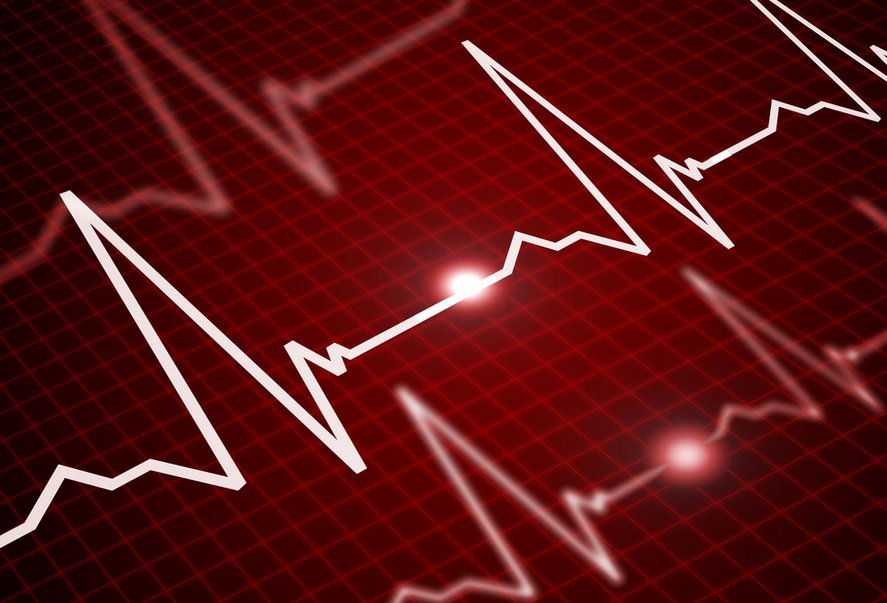Physiological synchrony predicts team outcomes
New article published in Physiology & Behavior

People working on a cooperative production task tend to smile and experience arousal in synchrony, and the degree of synchrony is correlated with subjective evaluations of the teamwork experience. Researchers from Aarhus University recorded the activity of the muscles used when smiling as well as skin conductance—a measure of arousal—in groups of three people working on a cooperative production task. The researchers find that teams smiling in synchrony also report a more positive experience, whereas teams with higher arousal synchrony report higher levels of tension. It is important to note that it is not the amount of smiling or arousal, but how synchronous team members’ experience is that has been studied. High synchrony of smiling even seems to predict how teams will respond to an option to change their routine—a risky choice that will likely lead to higher performance if the team is successful in adopting the new routine.
Teamwork
In the article “Physiological evidence of interpersonal dynamics in a cooperative production task” just published in Physiology & Behavior, Assistant Professor Dan Mønster and colleagues from Interacting Minds Centre and Interdisciplinary Centre for Organizational Architecture at Aarhus University analysed physiological measures from people in three person teams engaged in a cooperative task. The researchers assigned 153 university students—in teams of three—with the task of producing as many origami boats as possible. The teams’ productivity was assessed in three periods of producing origami boats with a routine they had been trained in. After the third period they were shown a video introducing a new routine and with no chance to practice the team had to decide whether to stick with the well-known routine or to adopt the new routine.
Physiological synchrony
“We have already shown in another study, that teams happier from the beginning are slightly more likely to adopt the new routine, but a more significant effect is that successful teams become happier,” says Dan Mønster. “In the new study we wanted to investigate not how the average happiness or average arousal influences team decisions and the quality of collaboration, but whether it matters how happiness and arousal change over time, and how much in synch these changes are between team members.” By measuring skin conductance and muscle activity involved in smiling, these physiological indications of emotion can be tracked second-by-second. The degree of synchrony between team members can then be calculated using cross-recurrence quantification analysis.
Synchrony, subjective perceptions and adopting a new routine
The study shows that synchrony of smiling is positively correlated with subjective evaluation of the teamwork and positive emotions toward fellow team members. High synchrony teams are also more likely to adopt a new routine, but doing so results in a disruption of the built-up synchrony. Synchrony of skin conductance (arousal) on the other hand correlates with subjective reports of feelings of tension and negative assessments of the teamwork.
The figure below shows normalised skin conductance (top panel) for three pairs of two persons in a three person team. The degree of synchrony can be visualised by looking at the distance matrix (middle panel) and quantitative measures can be derived from the cross recurrence plots (bottom panel). All three dyads display similar distributions and level of synchrony and the task structure (indicated by grey lines) is reflected in the synchrony. Time is in seconds and starts at the first production period and ends after the fifth production period at 1976 s.

New insights
The study shows that physiological synchrony is related to team members’ subjective evaluations of the cooperation, so synchrony measures are likely to capture important team dynamics. Other studies have shown that behavioural and physiological synchrony is related to feelings of rapport and success of performance, but the present research shows that some forms of synchrony (arousal) is related to negative outcomes and dysfunctional team dynamics.
Contact and further information
The article is available from Physiology & Behavior:
Dan Mønster, Dorthe Døjbak Håkonsson, Jacob Kjær Eskildsen, and Sebastian Wallot, Physiological evidence of interpersonal dynamics in a cooperative production task, Physiology & Behavior, Volume 156, 2016, 24-34. http://dx.doi.org/10.1016/j.physbeh.2016.01.004
Corresponding author: Dan Mønster, Department of Economics and Business Economics, Fuglesangs Allé 4, 8210 Aarhus V, Denmark. E-mail: danm@econ.au.dk



